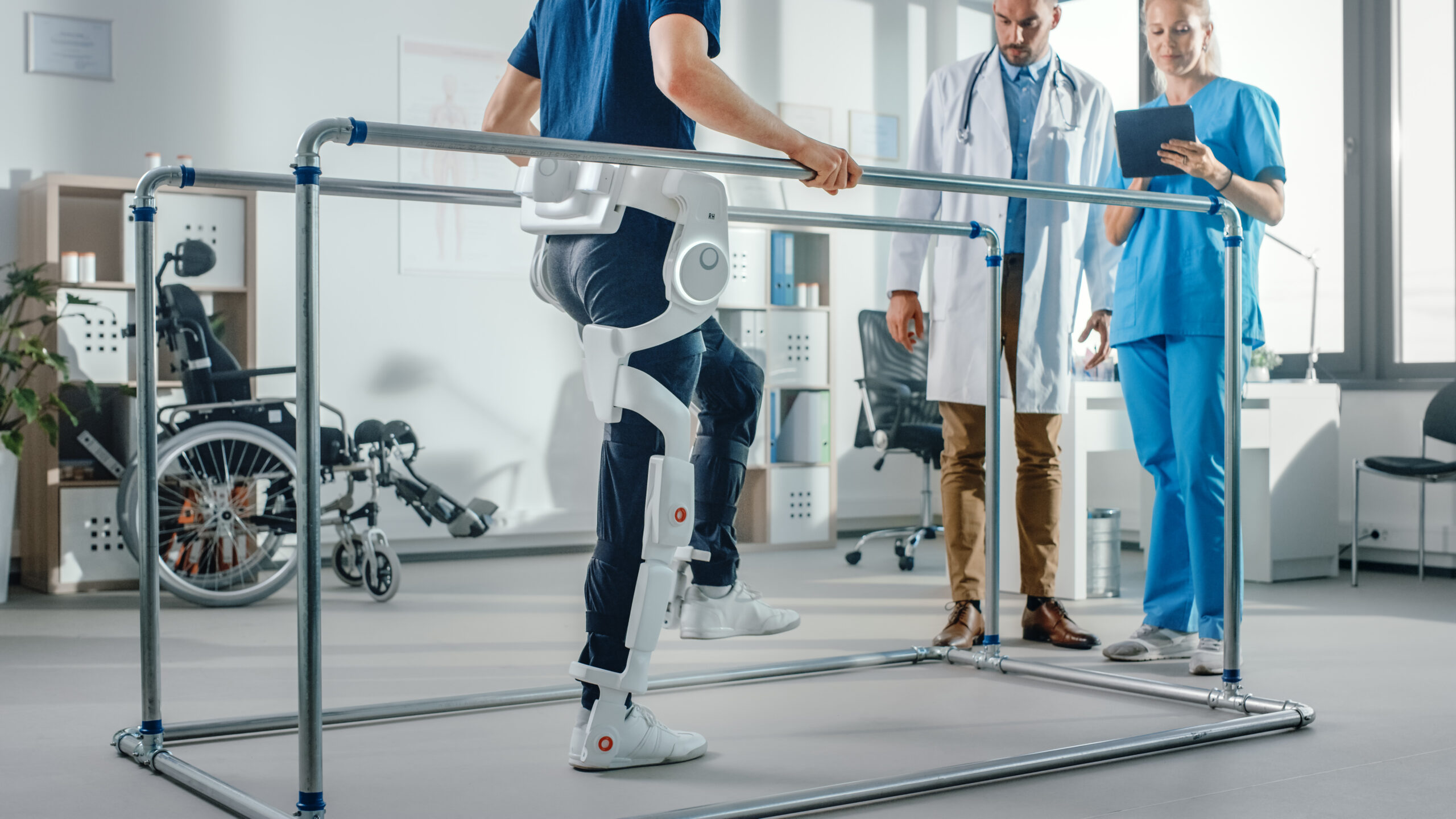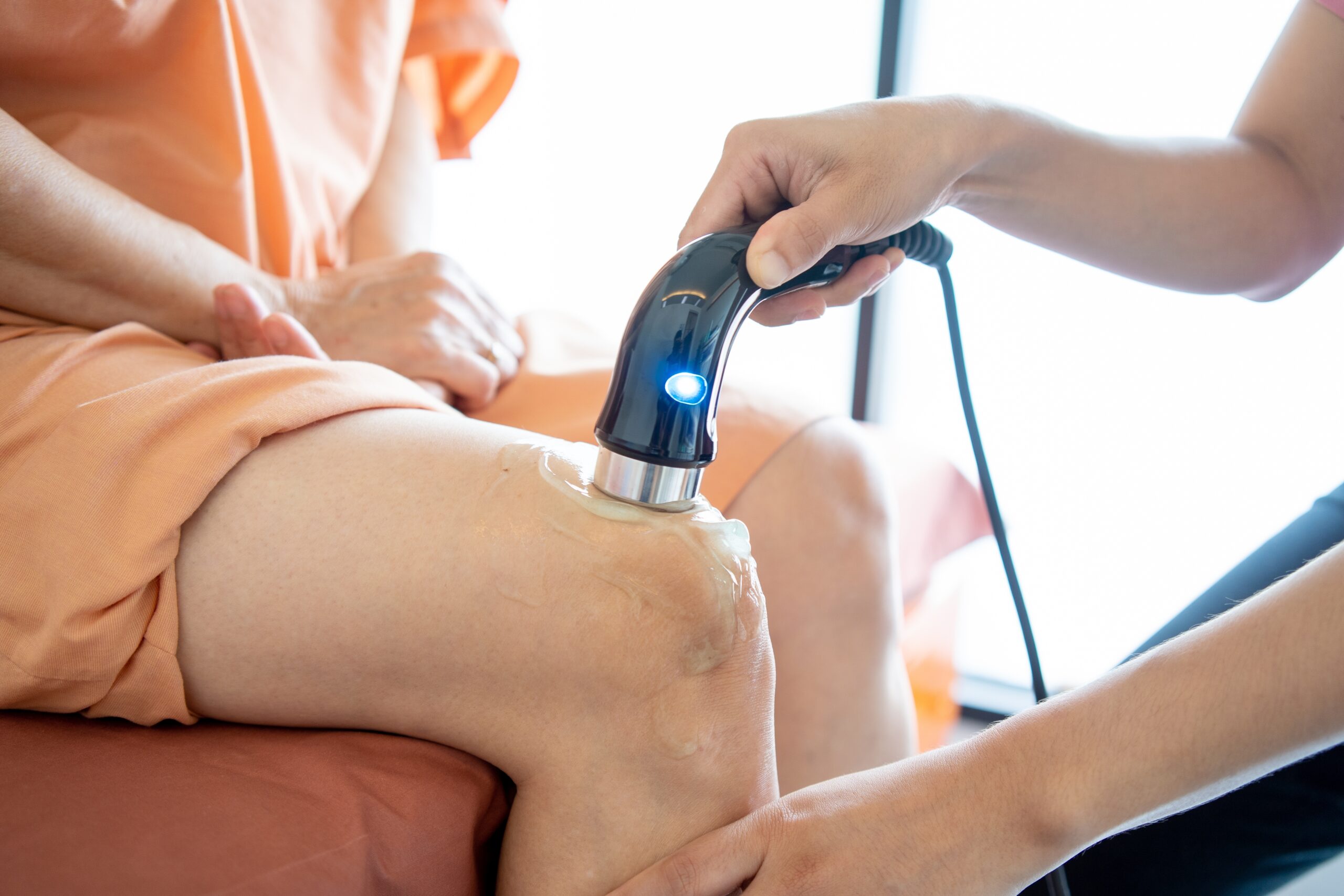Durable Medical Equipment (DME) braces are crucial orthopedic devices designed to provide support, stability, and relief for individuals with musculoskeletal conditions, injuries, or post-surgical needs. These braces play a significant role in enhancing mobility, reducing pain, and supporting rehabilitation. Let’s explore the world of DME braces in detail:
Understanding DME Braces
- Purpose and Functionality: DME braces offer support, immobilization, and alignment to affected body parts, aiding in recovery, reducing discomfort, and preventing further injury.
- Types of DME Braces: The spectrum includes various types such as knee braces, ankle braces, back braces, wrist braces, and neck braces, each designed to cater to specific areas and conditions.
Importance and Benefits
- Support and Stability: Braces provide structural support, stability, and alignment to joints, muscles, and ligaments, aiding in injury prevention and rehabilitation.
- Pain Relief and Comfort: By reducing pressure on affected areas and providing support, braces alleviate pain and discomfort associated with injuries or chronic conditions.
Different Types of DME Braces
- Knee Braces: Available in various designs (e.g., hinged, compression sleeves), knee braces support the knee joint, aiding in recovery from injuries or providing stability for conditions like arthritis.
- Ankle Braces: Designed to immobilize, support, or protect the ankle joint, these braces assist in ankle sprains, tendonitis, or post-injury rehabilitation.
- Back Braces: Offer spinal support, alleviate lower back pain, and assist in conditions like herniated discs, spinal stenosis, or post-surgical recovery.
- Wrist Braces: Provide support for wrist injuries, carpal tunnel syndrome, or tendonitis, allowing for improved stability and reduced strain.
Choosing the Right DME Brace
- Consultation with Healthcare Professionals: Seek guidance from orthopedic specialists or physical therapists to determine the most suitable brace based on the specific condition and requirements.
- Proper Fit and Usage: Ensuring the brace fits properly and is used as directed is crucial for optimal effectiveness and comfort.
Integration into Daily Life
- Regular Use: Consistently wearing the brace as advised by healthcare professionals aids in the recovery process and provides ongoing support.
- Mobility and Functionality: Braces are designed to facilitate movement and functionality while providing necessary support, enabling individuals to engage in daily activities with reduced discomfort.
Conclusion
DME braces are essential aids that offer invaluable support, stability, and relief for individuals with musculoskeletal injuries, chronic conditions, or post-surgical needs. By providing targeted support to affected areas, these braces not only aid in recovery but also promote mobility and functionality, enhancing the overall quality of life for individuals navigating orthopedic challenges. Collaboration with healthcare professionals, adherence to usage guidelines, and the proper selection of braces tailored to specific needs are integral steps in harnessing the benefits of DME braces for improved support and mobility.








